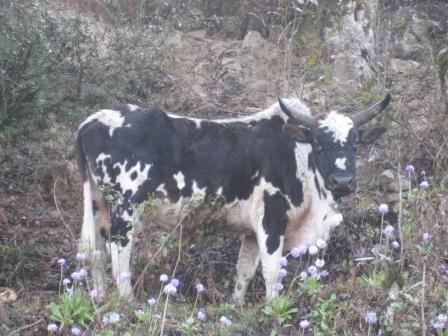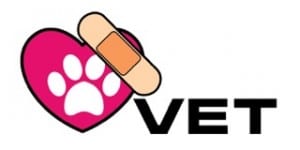Type the name of the breed you're looking for below
[wpdreams_ajaxsearchlite] Don't see the breed your're looking for? Click here and let us know!
Siri cattle
| Place of Origin | Bhutan |
| Origin | Animals of this breed are found in the hill tracts around Darjeeling (Bengal, India) and in Sikkim and Bhutan. Bhutan is said to be the real home of this breed. It is distributed from that area to the various parts of Sikkim and Darjeeling. The Siri has a hump that is thoracic and muscular-fatty. Presumably Siri cattle have some blood from the cattle in Tibet. Small cattle with similar black and white markings have been found in Sikong Province of China, which occupies a portion of the Tibetan highlands northeast of Bhutan. Siri cattle crossed with Nepali cattle look like Siri, but they can be distinguished by their color pattern and position of hump and horns. These are known as Kachcha Siri or imitation Siri cattle. |
| Purpose | Dairy and draught (work). |
| Appearance | The colour most frequently seen are black and white or extensive solid black, in colour patterns similar to that of Holstein-Friesians. The animal carries a thick coat all the year round, and it is generally believed that this protects them from heavy rains and severe cold. The general form of the animal is massive. The head is small, square cut and well set on. The forehead is wide and flat. The position of the hump is slightly forward compared with that of other Zebu breeds. The dewlap is moderately developed and the sheath in the male is tight. Strong legs and feet are characteristics of this breed. The hooves are broad but strong. The udders of the cows are well developed. It is observed that the animals of this breed can stand the rugged conditions of the mountains very well. When the animals are brought down to the plains they do not seem to do so well. Bulls are eagerly sought after for draft purposes due to their size and reputed great strength. They are also used for agricultural work such as plowing, cultivating, threshing, etc. |
| Horns | The horns are sharp and directed forward and is usually covered with a tuft of long coarse hair. |



